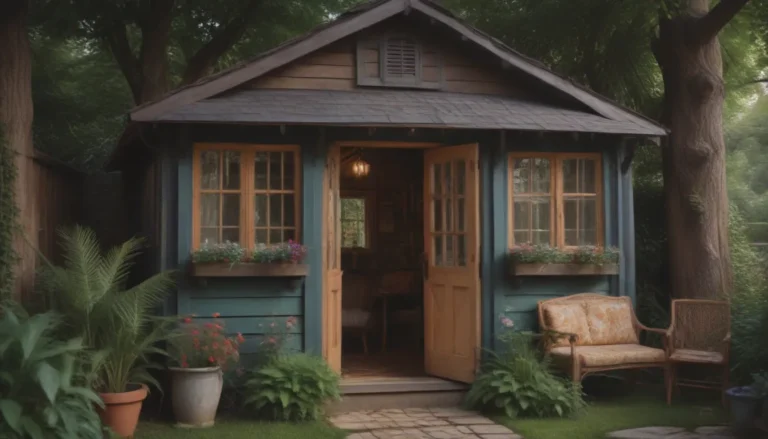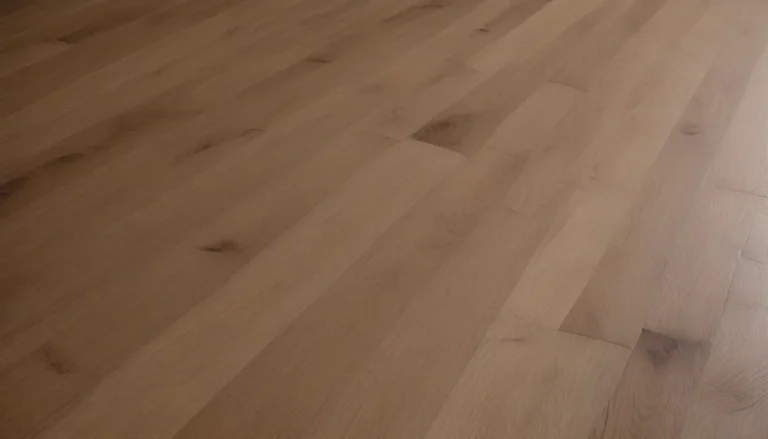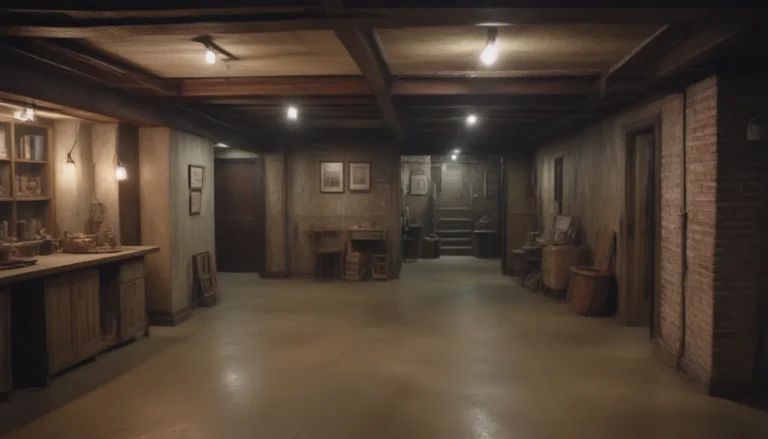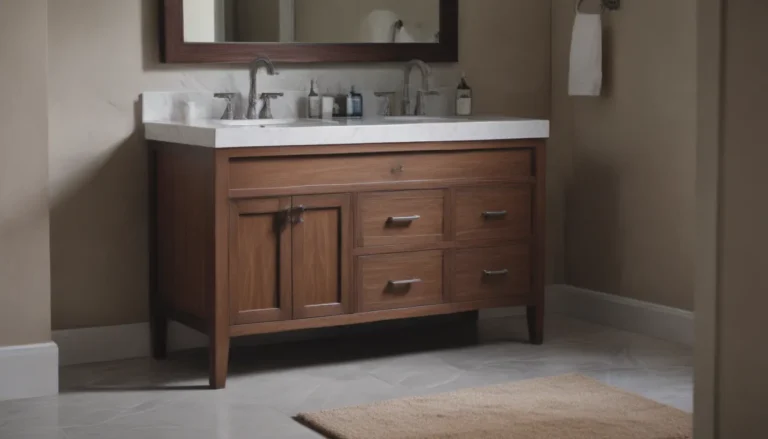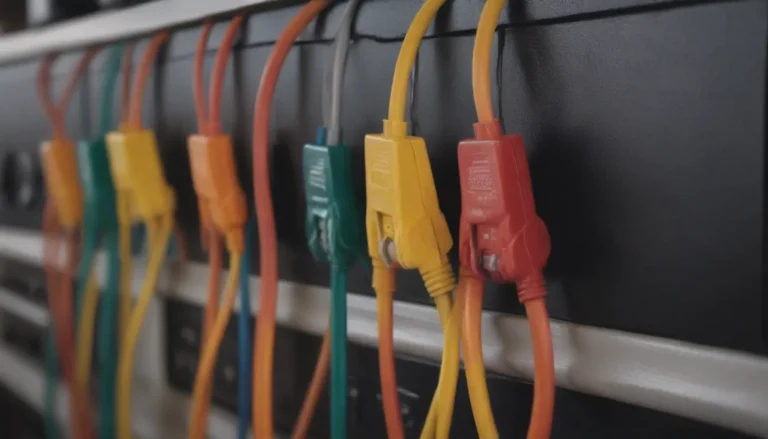Understanding Window Mullions, Muntins, Griles, and Stiles
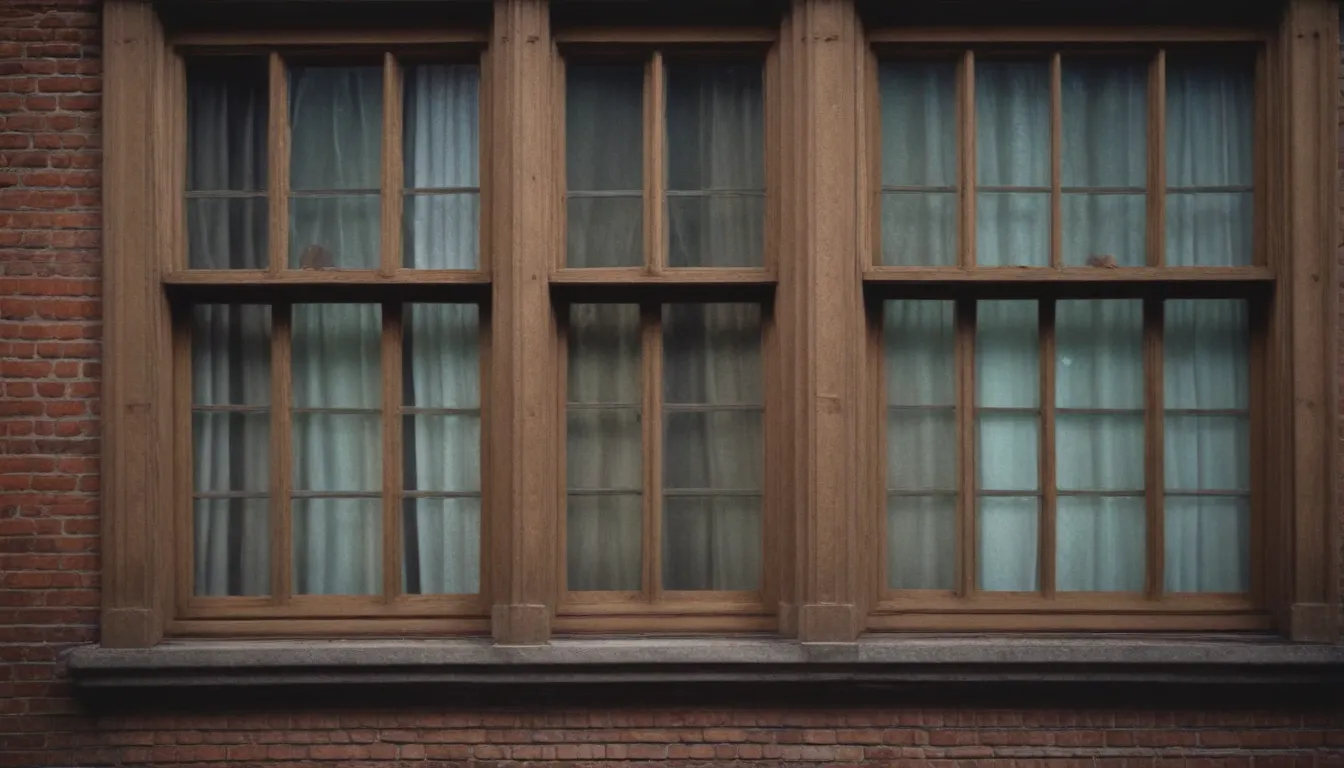
If you’ve ever been confused about the terms window mullions and window muntins, you’re not alone. These terms sound alike and are often used interchangeably, but they actually refer to different components of a window. To add to the confusion, there are also window grilles and stiles to consider. In this comprehensive guide, we’ll delve into the origins and functions of window muntins, mullions, grilles, and stiles, so you can better understand these key elements when it comes to choosing windows for your home.
Window Muntins: What Are They?
Let’s start by exploring window muntins, which refer to the vertical dividers that separate glass panes in a window. Muntins are commonly associated with multi-pane glass assemblies, but they can also be found in other applications such as wood panels, furniture, and doors. These vertical pieces play a crucial role in providing structural support for the window. In fact, early builders used muntins because they were essential for distributing weight vertically, especially in the case of large windows like those found in Westminster Abbey.
Key Points about Window Muntins
- Vertical dividers separating glass panes
- Provide structural support for windows
- Found in various applications, not just windows
- Originated in England centuries ago
Window Mullions: Explained
In contrast to muntins, window mullions are single vertical supports that divide two sides of a single window. They are typically heavier elements that help divide larger window frames and can create the illusion of multiple windows where only one exists. Mullions were commonly used to hold together smaller panes of glass before the advent of large sheets of plate glass. While mullions are no longer necessary for functionality in modern windows, they still serve a decorative purpose.
Key Points about Window Mullions
- Single vertical bars dividing two sides of a window
- Create the illusion of multiple windows
- Decorative elements in modern windows
- Fell out of favor after World War II with the rise of plate glass
Understanding Window Grilles and Stiles
Window grilles and stiles are two additional components that play a role in the overall appearance of a window. Grilles are decorative elements that mimic the look of muntins and mullions but are primarily used for aesthetic purposes. Stiles, on the other hand, are vertical or horizontal pieces that form the outer frame of a window. While these terms may seem confusing at first, they all contribute to the design and functionality of different window styles.
Modern-Day Usage of Window Grilles
- Serve as decorative elements in windows
- Often used to mimic the look of muntins and mullions
- Available as add-ons for windows
- Can be removable for cleaning purposes
Should You Consider Window Grilles for Your Home?
If you’re considering adding window grilles to your home, there are a few factors to keep in mind. While grilles can provide a traditional look and enhance the appearance of your windows, they may not be necessary for every type of window. It’s important to consider the style of your home and whether grilles will complement the overall aesthetic before making a decision.
Pros and Cons of Window Grilles
- Pros:
- Traditional look
- Easy to clean (between-glass grilles)
- Can equalize window styles
- Permanent option available (between-glass grilles)
- Cons:
- Expensive
- Not authentic to historic windows
- May require professional installation
In conclusion, understanding the differences between window muntins, mullions, grilles, and stiles can help you make informed decisions when it comes to choosing windows for your home. Whether you prefer the classic look of multi-pane windows or the simplicity of modern designs, these components all play a role in shaping the appearance and functionality of your windows. By considering your specific needs and preferences, you can find the perfect windows that suit your home’s style and enhance its overall beauty.
